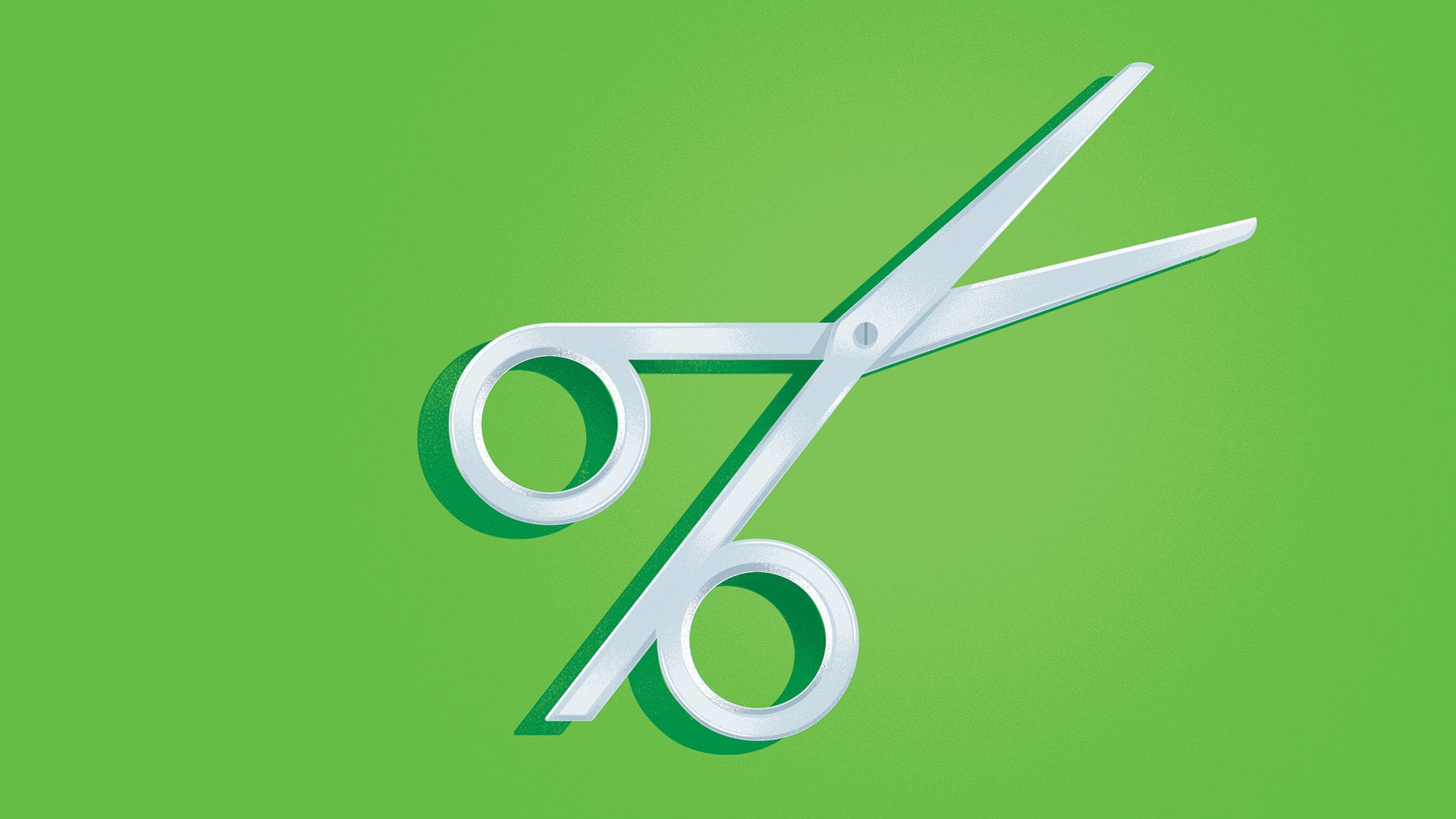The Edge: The Truth Behind the Cost
Whether you’re house hunting, grocery shopping, or filling up your car at the gas station, it’s no secret that consumers across the United States are concerned about inflation. Yet the numbers tell a different story – prices are stabilizing, inflation has fallen, the labor market is strong, and experts report a more positive outlook for the U.S. economy.
If all data points to a strong economic recovery, why do consumers feel differently? Francesco D’Acunto, A. James Clark Chair in Global Real Estate and Provost Distinguished Associate Professor of Finance, explains this phenomenon and discusses how we can close the inflation education gap.
How do consumers and the administration perceive economic indicators?
The ways in which people think about inflation and the economy are very different from an economist’s viewpoint. Traditionally, institutions assumed people were attentive to information and key aggregate economic data metrics, but in reality, households and firms do not think about these numbers when considering the health of the economy.
What matters to consumers are the prices they’re exposed to every day – changes in the price of milk, gas prices, and mortgage rate increases. While the cost of milk is not an indicator of overall economic performance, those prices shape consumer perceptions and thus impact the decisions they make about their financial future, how they vote in elections, and other consequential actions.
How can we bridge the gap between consumer perceptions and economic data?
One way we’ve addressed this challenge is by incorporating robo-advising tools to demonstrate in real-time how spending is allocated across a person’s portfolio. These tools help consumers better assess cost increases within the context of their aggregate expenditures.
For example, if a consumer is upset about the price of milk, a robo-advisor can help demonstrate that a 5% increase in milk isn’t as significant as they may believe when put into context across all areas of spending. For instance, they would easily notice that housing and mortgage-related spending is much more relevant to them than their spending on groceries.
Our research indicates that these interventions can immediately change the ways consumers think about inflation and improve their financial decisions.
Do consumer expectations differ when looking across wealth distribution?
People view the economy in very different ways across income and wealth distribution, which is a source of both financial and educational inequality. Consumers with more wealth tend to align with experts on how they view economic performance, while consumers with financial constraints do not. Because we know experts’ perspective tends to be a more accurate representation of the economy, those with higher incomes end up making better financial decisions for their futures, which exacerbates inequalities.
This discrepancy is often compounded by financial literacy, which further stresses the need for communication policy and robo-advising apps to help consumers – who often have limited access to financial advisors and other resources – make better financial decisions in the long run, which also helps stabilize financial and housing markets and the real economy.
This story was originally featured in the Georgetown Business Fall 2024 Magazine. Download the Georgetown Business Audio app to listen to the stories and other bonus content.
